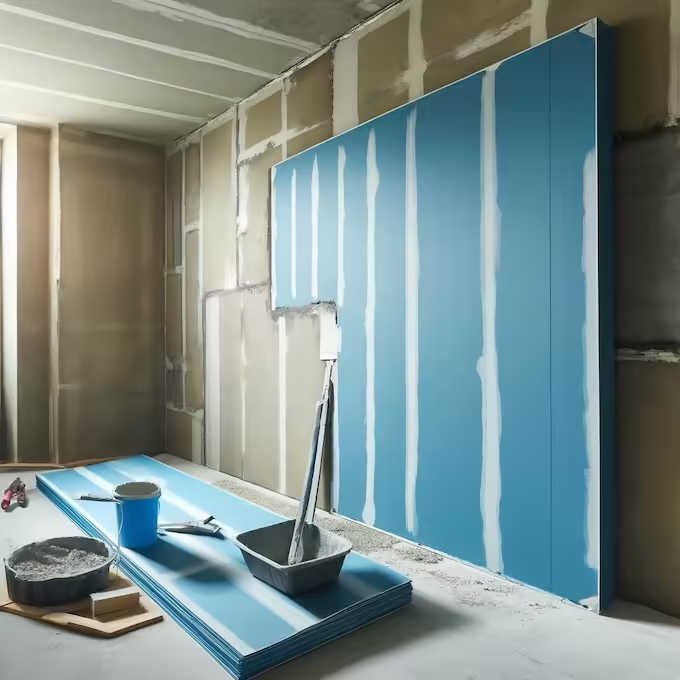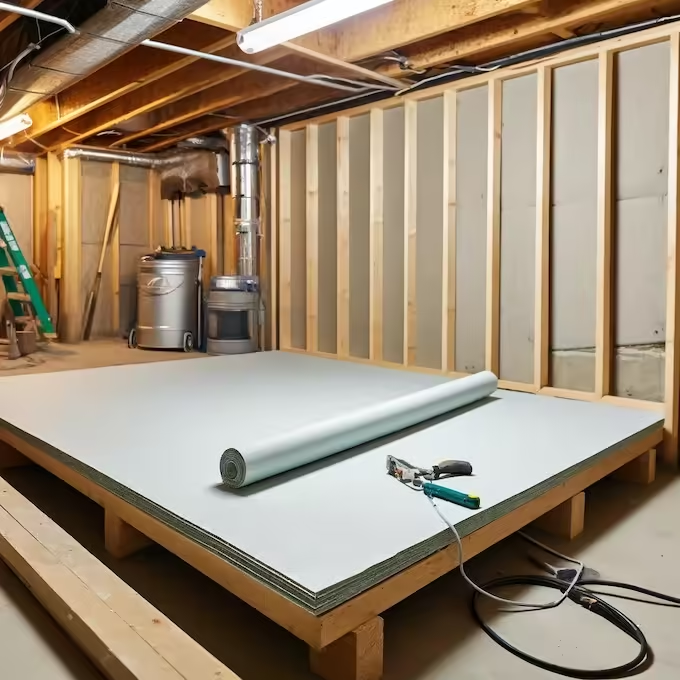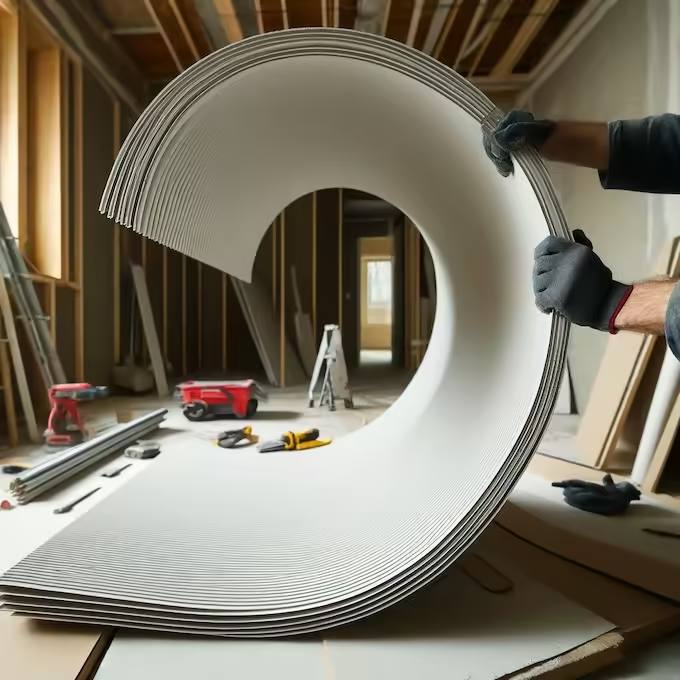Drywall, also known as gypsum board or plasterboard, is a crucial material in modern construction. It is used for creating walls and ceilings and offers a variety of types, each suited for specific applications. This guide covers the different types of drywall, highlighting their unique characteristics and uses to help you make informed decisions for your construction projects. Whether you're working on an interior renovation or coordinating with an asphalt paving team for exterior upgrades, understanding the right materials for the job is key to achieving durable and aesthetically pleasing results.

Standard drywall, also known as whiteboard, is the most common type of drywall used in residential and commercial construction. It consists of a gypsum core sandwiched between two sheets of paper.

Moisture-resistant drywall, often referred to as greenboard due to its green paper facing, is designed to resist moisture and humidity better than standard drywall.

Mold-resistant drywall, also known as purple board, has a special coating that inhibits the growth of mold and mildew, making it ideal for areas prone to dampness.

Fire-resistant drywall, also known as Type X or Type C drywall, contains non-combustible fibers and additives that enhance its ability to withstand high temperatures.

Soundproof drywall, sometimes called acoustic drywall, incorporates multiple layers of gypsum and other sound-dampening materials to reduce noise transmission.

Lightweight drywall is a newer product that is lighter than standard drywall, making it easier to handle and install, especially for overhead applications.

Eco-friendly drywall, also known as recycled drywall, is made from recycled materials and designed to have a lower environmental impact.

Blue board drywall is designed specifically for use with veneer plastering, featuring a special paper that bonds well with plaster.

Paperless drywall, also known as fiberglass drywall, uses a fiberglass mat instead of paper, making it more resistant to mold and water damage.

Flexible drywall is thinner and designed to bend easily, allowing it to be used in curved applications.

Choosing the right type of drywall for your construction or renovation project is essential to achieving the desired functionality, durability, and aesthetic appeal. From standard drywall for basic interiors to specialized options like moisture-resistant, fire-resistant, or soundproof drywall, each type serves a unique purpose. Just as selecting the appropriate drywall ensures a high-quality finish for your interiors, partnering with a reliable asphalt paving team guarantees a sturdy and visually appealing exterior. Whether you're working on walls, ceilings, or outdoor surfaces, understanding the materials and their applications is key to creating spaces that are both practical and long-lasting. For expert drywall services, don’t hesitate to contact us—we’re here to help bring your vision to life!
Copyright © 2024 | Powered by: Earnanswers